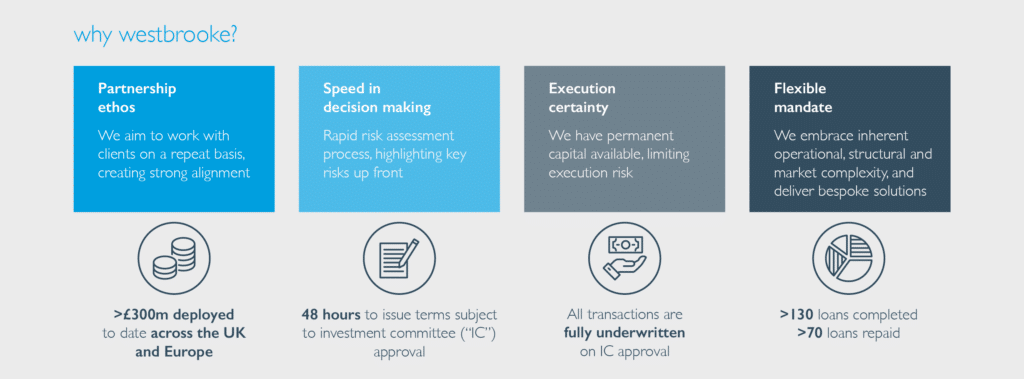By: Jonti Osher & Dino Zuccollo Source: Fa News
Whether you are trying to shield the capital gains tax on your Bitcoin profits, or want to reduce your company’s tax liability, Section 12J is a viable investment option. But how does one mitigate the risks inherent in a s12J investment?
S12J investments are available to individuals, corporates and trusts and provide investors with a 100% deduction against taxable income in the year of investment. S12J season is in full swing now, with almost 90 SARS-accredited s12J venture capital companies having been registered since 2015. Many are encouraging investment before the end of February 2018.
One of the most common misconceptions around s12J is that these investments always have a high-risk, high-return profile. Yes, every investment carries a degree of risk (performance, tax, capital, regulatory compliance etc.), but some investments are more prone to risk than others. Given that s12J investments form part of South Africa’s venture capital company legislation, some investors perceive the investment class to carry more risk than more traditional investment alternatives.
This is not necessarily true. Within the s12J ecosystem, some companies have created higher-risk investment offerings. However, the s12J regulations do not prescribe the level of risk that a s12J investment should carry. At Westbrooke Alternative Asset Management, the investment philosophy is focused on capital preservation, by using various mechanisms to reduce investor risk.
There are a variety of strategies which may be implemented to effectively manage some of the potential risks associated with a s12J investment. If you are considering a s12J investment, here are 12 tips that should be assessed to manage the s12J investment risk:
1. Risk / return appetite: Not all s12J companies are created equal; there can be significant differences in the nature of the underlying investments of the various s12J companies as well as the strategies that their investment managers employ. You should therefore look to invest in a s12J company that has a clearly defined investment risk strategy and approach that supports your risk appetite relative to the investment return profile. Investors should seek an investment that generates attractive risk-adjusted returns.
2. Tax risk: Given that one of the main incentives for making a s12J investment is the 100% upfront tax deduction in the financial year of your investment, ensure that the s12J investment manager you choose fully understands and complies with the rules and regulations that are required to obtain – and then maintain – its s12J status. The last thing you want, is to find out that the s12J company in which you have invested loses its s12J status due to regulatory non-compliance and is therefore penalised by SARS. This could have the effect of reducing your investment returns which effectively could result in the creation of a return profile as if you didn’t receive the up-front tax benefit. Ways to mitigate this risk include asking the s12J company whether it has applied for and obtained a positive SARS ruling for its investment strategies, what tax opinions have been obtained, who the tax advisors are, the internal system in place to monitor the tax-related compliance risk, and so on.
3. Expertise risk: Choosing the right investee companies requires specialist investment teams to put in time and effort to source appropriate investments in line with the s12J company’s investment strategy. Look for a s12J company that has the depth of investment, finance and private equity expertise you would expect from any professional asset manager.
4. Investment risk: Qualifying companies – the name given to compliant s12J investee companies – may sometimes be young companies that have an inherently higher investment risk compared to more mature, larger businesses. Lower risk, asset-backed investments which offer predictable returns can go a long way towards mitigating this start-up risk.
5. Liquidity risk: The current Section 12J legislation requires investors to hold their shares in the s12J company for no less than five years to make the up-front tax deduction permanent. Ensure that you can hold your investment for this period, or you will have to repay SARS the upfront tax benefit which you enjoyed when making your initial s12J investment.
6. Exit risk: At the end of the five-year holding period, it may not be easy to liquidate your s12J shares as the nature of the underlying qualifying companies are often illiquid, private equity-style investments. It is therefore essential that any investment in a s12J vehicle, comes with a clearly defined exit mechanism and/or path to liquidity that you, as an investor, can understand.
7. Capital risk: The risk of losing capital exists in any equity investment. An investor seeking a lower-risk profile should seek to invest money in a s12J company whose investment strategies are focused on capital preservation. These strategies can, for example, include asset-backed investments and investments with predicable revenue streams.
8. Cash flow risk: Some investors may find five years a long time to wait for a return of capital. You could opt for an investment in a s12J company that aims to provide an annual or semi-annual dividend throughout the investment period. Investors should assess the investment thesis of the s12J company to ensure the underlying investments generate predictable ongoing cash returns. This is to ensure that the target dividend strategy is supported.
9. Diversification risk: It is an investment truism that the creation of a diverse portfolio spreads the risk for investors. Whilst the s12J legislation inherently requires companies to be diversified (by requiring the s12J company to invest in a minimum of five investee companies), spreading your allocation across different s12J companies is a strategy worth considering.
10. Investee selection risk: Spreading one’s investment across five investee companies may mitigate the risk of one or two of those companies failing; but how are those investee companies selected in the first place? Assess the level and nature of the due diligence which the s12J company undertakes to measure the risk associated with each investee company.
11. Management risk: Management of a s12J company is a significant potential risk to your investment. To mitigate this risk, invest with a professional asset manager with a proven track record that has the systems in place to manage all aspects of your investment, from investee selection to regulatory compliance, as well as to provide accurate periodic investor reports. Factors to take into consideration include: whether the manager’s fee structure is aligned to performance, whether the s12J company is subject to an external audit, whether a third-party compliance function is in place, who the legal and tax advisors are etc. In addition, if the strategy of the s12J company is to invest alongside entrepreneurs at the investee level, ensure that investee management is required to retain a significant equity investment in the investee company, so as to ensure proper alignment.
12. Compliance risk: Ensure that the s12J company in which you invest is registered with SARS and is the holder of a valid FSB category II licence. This is required prior to investment to ensure that you will receive your up-front tax benefit. The compliance of the s12J company can be verified on the SARS and FSB websites.
By its very nature, s12J is a private equity-style investment which comes with inherent risk. By following these 12 tips, s12J investors can select an s12J investment that is aligned to their desired risk profile and appetite for generating returns.












